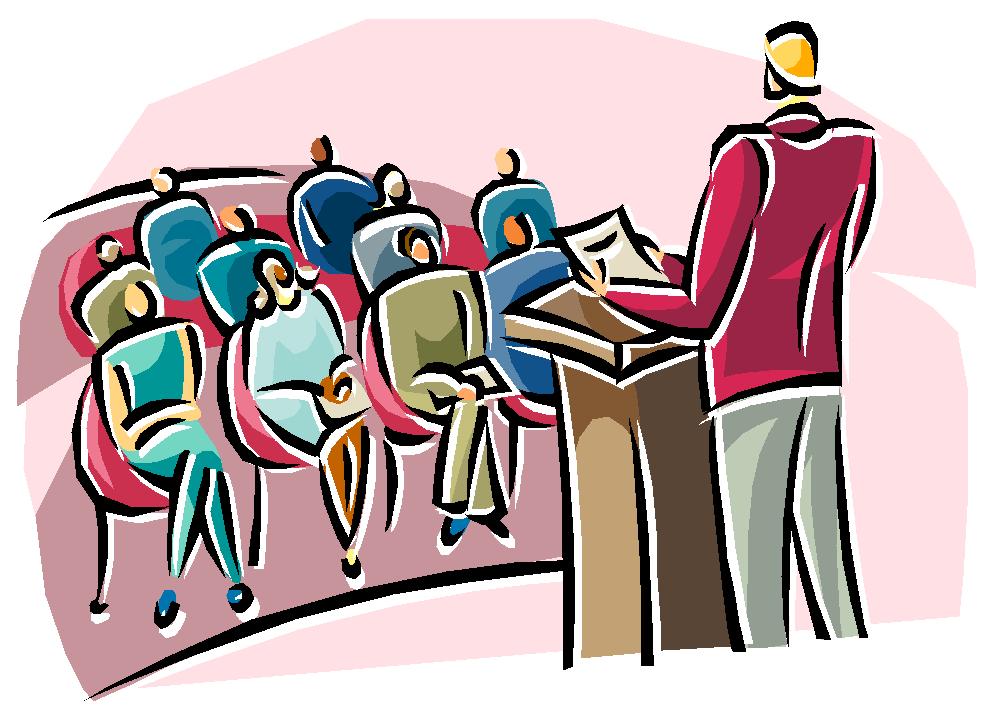First Day Cover: The 11th Congress of League of Communists of Yugoslavia (Yugoslavia 1978)
The 11th Congress of League of Communists of Yugoslavia (Yugoslavia 1978)
20 June (Yugoslavia ) within release Communists goes into circulation First Day Cover The 11th Congress of League of Communists of Yugoslavia face value 15 Yugoslav dinar
| First Day Cover The 11th Congress of League of Communists of Yugoslavia in catalogues | |
|---|---|
| Michel: | Mi:YU FDCBL18 |
| Yvert et Tellier: | Yt:YU FDCBF18 |
First Day Cover is square format.
Also in the issue Communists:
- Stamp - Communist League Congress face value 2;
- Stamp - Communist League Congress face value 4.90;
- Souvenir Sheet - Communist League Congress face value 15;
- First Day Cover - The 11th Congress of League of Communists of Yugoslavia face value 6.90;
- First Day Cover - The 11th Congress of League of Communists of Yugoslavia face value 15;
First Day Cover The 11th Congress of League of Communists of Yugoslavia it reflects the thematic directions:
A conference is a meeting, often lasting a few days, which is organized on a particular subject, or to bring together people who have a common interest. Conferences can be used as a form of group decision-making, although discussion, not always decisions, is the primary purpose of conferences. The term derives from the word confer.
A head of state (or chief of state) is the public persona that officially represents the national unity and legitimacy of a sovereign state. In some countries, the head of state is a ceremonial figurehead with limited or no executive power, while in others, the head of state is also the head of government. In countries with parliamentary governments, the head of state is typically a ceremonial figurehead that does not actually guide day-to-day government activities and may not be empowered to exercise any kind of secular political authority (e.g., Queen Elizabeth II as Head of the Commonwealth). In countries where the head of state is also the head of government, the president serves as both a public figurehead and the actual highest ranking political leader who oversees the executive branch (e.g., the President of the United States).
A symbol is a mark, sign, or word that indicates, signifies, or is understood as representing an idea, object, or relationship. Symbols allow people to go beyond what is known or seen by creating linkages between otherwise very different concepts and experiences. All communication (and data processing) is achieved through the use of symbols. Symbols take the form of words, sounds, gestures, ideas, or visual images and are used to convey other ideas and beliefs. For example, a red octagon is a common symbol for "STOP"; on maps, blue lines often represent rivers; and a red rose often symbolizes love and compassion. Numerals are symbols for numbers; letters of an alphabet may be symbols for certain phonemes; and personal names are symbols representing individuals.



